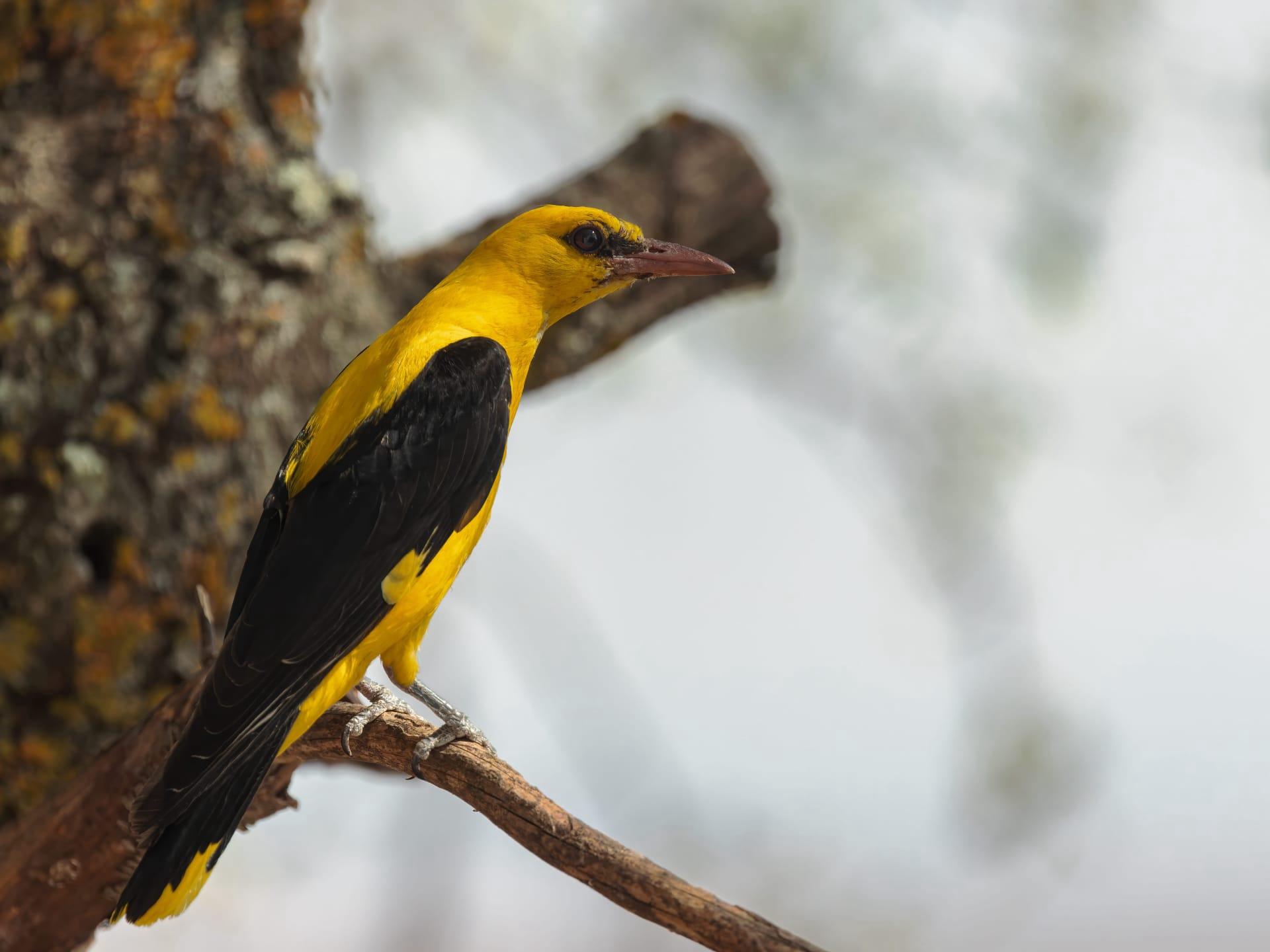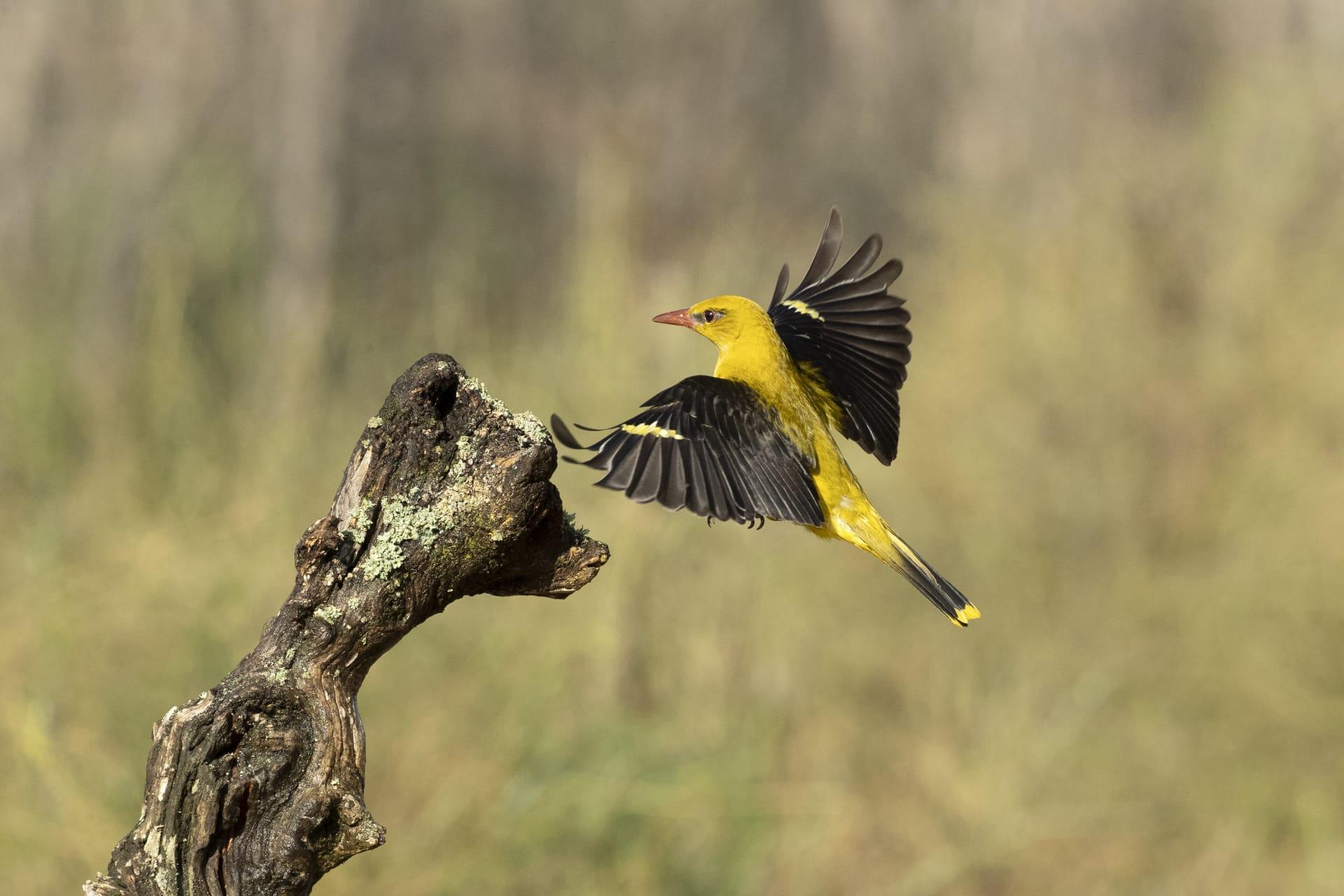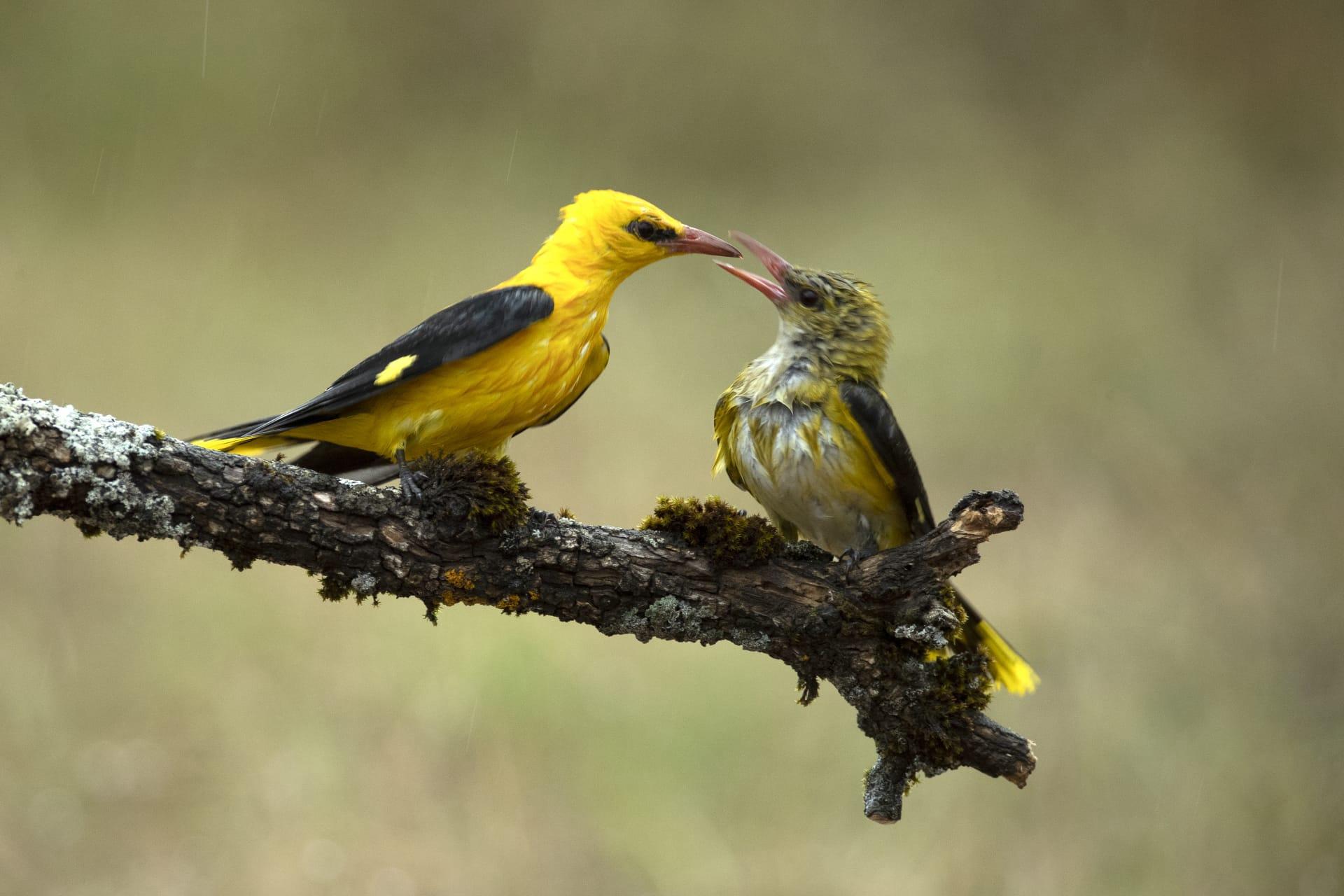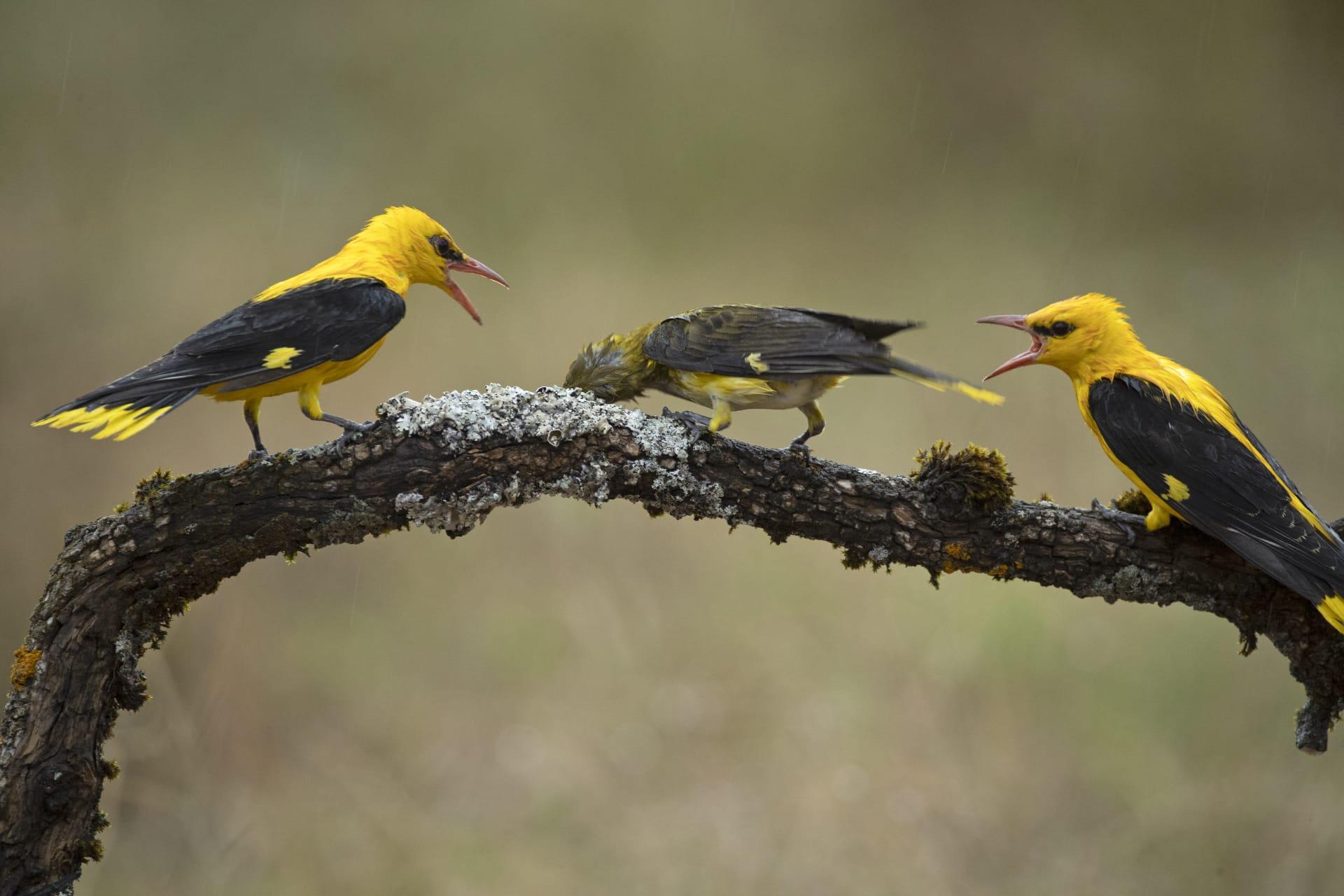Oriole Trivia
- Home /
- Trivia Question /
- Animal /
- Oriole Trivia
1
Question: What distinguishes the plumage of male and female Orioles, and does it vary among species?
Answer: Male Orioles are renowned for their vividly colored plumage, which is often a striking orange and black combination, while females and young birds exhibit more muted tones, typically brownish or olive. For example, in the Baltimore Oriole, males display a brilliant orange underside and shoulders with a black head, whereas females are a subdued orange-brown with duller wings. The Hooded Oriole, on the other hand, shows a bright orange in males and a yellowish tone in females. This dimorphism helps in identifying and studying different species.
Question: How do Orioles build their unique nests, and what are their characteristics?
Answer: Orioles are masterful weavers, creating distinct, hanging-basket nests. These nests are usually built by the female using various materials like grass, fibers, and even human-made items like string. The structure is intricately woven and attached to the end of thin, drooping branches. A Baltimore Oriole's nest, for instance, is typically 6-7 inches deep and 4 inches wide, hanging up to 30 feet above the ground. This nest architecture provides safety from predators and elements, showcasing the bird's remarkable architectural abilities.

2
Question: Is it true that Orioles are attracted to the color orange?
Answer: Yes, Orioles are indeed attracted to the color orange, which is believed to help them locate food sources. Bird enthusiasts often use orange-colored feeders or place orange slices in their yards to attract these birds. This attraction is thought to be an evolutionary adaptation, as the birds are naturally drawn to orange fruit, a common part of their diet.
Question: Do Orioles only eat fruit and nectar?
Answer: While Orioles are famous for their love of fruit and nectar, their diet is quite varied. They also feed on insects, especially during the breeding season, to provide higher protein content for their young. Their diet includes beetles, grasshoppers, spiders, and caterpillars. The protein from insects is crucial for the development of hatchlings and provides a balanced diet alongside their fruit and nectar intake.

3
Question: How far do Orioles migrate, and what triggers their migration?
Answer: Orioles, like the Baltimore Oriole, are long-distance migrants, traveling up to 2,400 miles between their breeding grounds in North America and wintering areas in Central America. Factors triggering their migration include changes in day length and temperature, as well as food availability. They typically begin their migration in late summer to early fall, guided by a combination of genetic predisposition and environmental cues.
Question: Can Orioles be found in urban areas?
Answer: Yes, Orioles can adapt to urban environments, although they naturally prefer open woodlands, orchards, and riverside groves. In cities, they are often found in parks and gardens with suitable nesting trees and food sources. Planting native fruit-bearing trees and providing bird feeders can attract Orioles to urban and suburban areas, making them more visible to bird watchers.

4
Question: How do Orioles communicate, and what are their vocalizations like?
Answer: Orioles are known for their melodious and flute-like songs, which are primarily used for communication between mates and to establish territories. Each species has a distinct song pattern; for instance, the Baltimore Oriole's song is a series of clear, whistled notes, often ending in a trill. Besides singing, they use a variety of calls, like chatters and sharp alarm calls, to communicate different messages within their social structure.
Question: What role do Orioles play in their ecosystem?
Answer: Orioles play a significant role in their ecosystem as both pollinators and controllers of insect populations. While feeding on nectar, they help in the pollination of flowers. Their insectivorous diet contributes to controlling harmful insect populations. Additionally, Orioles are prey for larger birds and mammals, thus contributing to the food chain and maintaining ecological balance.

5
Question: What are the major threats to Oriole populations?
Answer: The primary threats to Oriole populations include habitat loss due to deforestation and urban development, pesticide use, which reduces their insect food sources, and climate change affecting their migratory patterns and breeding habitats. Conservation efforts focusing on habitat preservation and reducing pesticide use are crucial for their survival.
Question: Are Orioles solitary or social birds?
Answer: Orioles are generally solitary or found in pairs, especially during the breeding season. They are not highly social birds like some other species, but they may gather in small groups during migration or in their wintering habitats. Their solitary nature is observed in their territorial behavior during the breeding season, where males vigorously defend their territories from rivals.